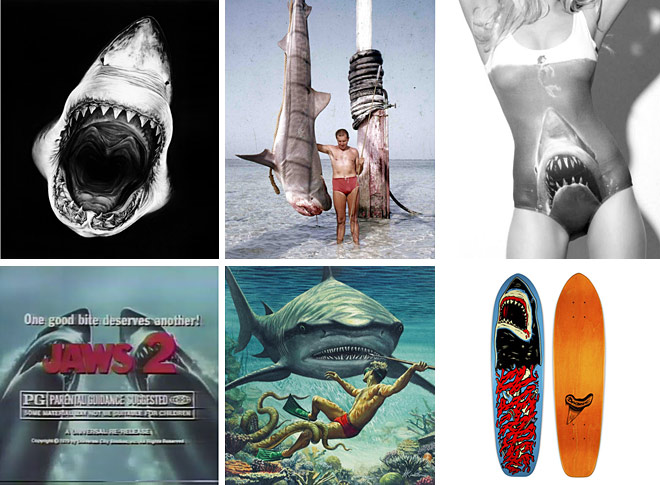‘Everybody has a plan until they get punched in the face.’ –Mike Tyson

It’s famously tough getting through the Google interview process. But now we can reveal just how strenuous are the mental acrobatics demanded from prospective employees. Job-seekers can expect to face open-ended riddles, seemingly impossible mathematical challenges and mind-boggling estimation puzzles. (…)
1. You are shrunk to the height of a 2p coin and thrown into a blender. Your mass is reduced so that your density is the same as usual. The blades start moving in 60 seconds. What do you do? (…)
3. Design an evacuation plan for San Francisco. (…)
5. Imagine a country where all the parents want to have a boy. Every family keeps having children until they have a boy; then they stop. What is the proportion of boys to girls in this country? (…)
6. Use a programming language to describe a chicken. (…)
7. What is the most beautiful equation you have ever seen? (…) Most would agree this is a lame answer:
E = MC2
It’s like a politician saying his favorite movie is Titanic.
You want Einstein? A better reply is:
G = 8πT (…)8. You want to make sure that Bob has your phone number. You can’t ask him directly. Instead you have to write a message to him on a card and hand it to Eve, who will act as a go-between. Eve will give the card to Bob and he will hand his message to Eve, who will hand it to you. You don’t want Eve to learn your phone number. What do you ask Bob? (…)
11. How much would you charge to wash all the windows in Seattle? (…)
14. Can you swim faster through water or syrup?
images, clockwise from top left { 1 | 2 | 3 | 4 | 5 | 6 }
quote { thanks Tim }




















